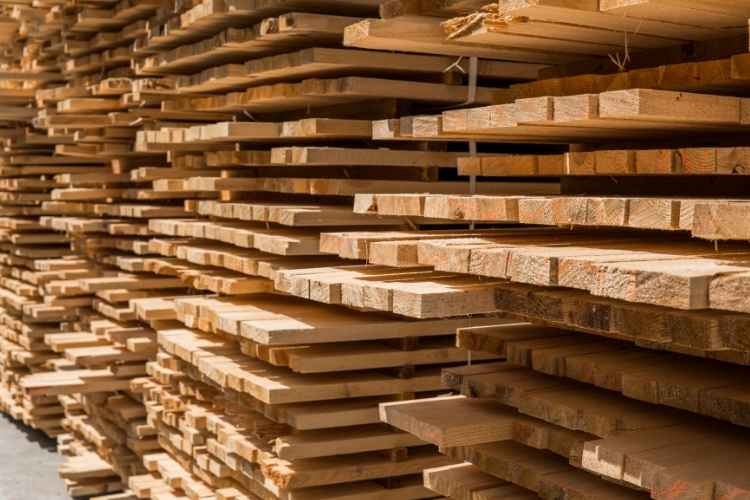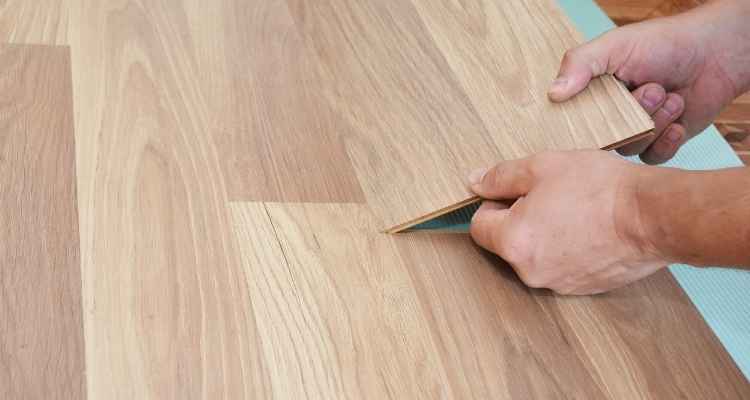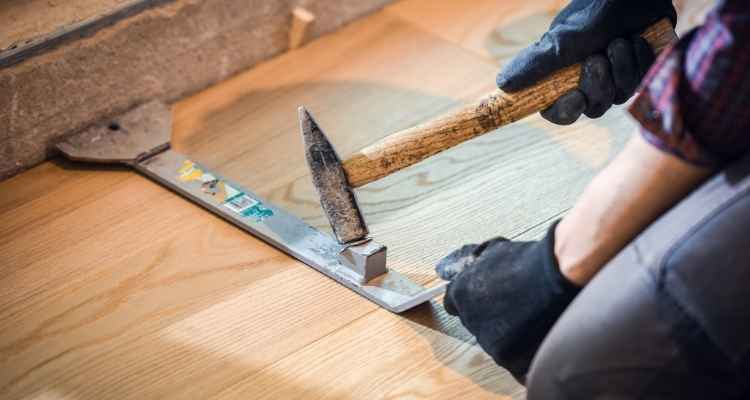
Every year, people spend thousands of dollars on improving the wear and tear of their homes. Some do it for upgrading, while others do it for making their homes look more beautiful. If you wonder what is Janka rating, we invite you to keep reading this blog.
Most experts perform a Janka test to measure wood hardness levels. But, how can you know what a good Janka rating is?
In actuality, this rating or Janka test is the invention of wood researchers who wanted to standardize the wood for manufacturing furniture and wooden flooring.

What Is a Good Janka Rating?
A good Janka rating can be around 1,000-1,200 lbs. Always keep in mind that the selection of your flooring materials will depend on the needs of your space. For example, in rooms that are subject to high amounts of wear and tear, getting a material with a high Janka score will be the right choice.
How Is the Janka Test Done?
Experts developed Janka hardness test to assess a sample of wood’s resistance to denting and wear. The method is now standardized, and everyone can replicate it if new species need to be studied.
Janka Hardness Scale
The Janka hardiness scale is often used to determine the suitability of the wood for your floor. Firstly, to test the resistance to wear and denting of the wood.
Now, you might be wondering how the test work? Well, the Janka test determines the amount of force necessary to embed an 11.28mm steel ball halfway into a piece of wood. The more force required, the higher the Janka rating and the more long-lasting the wood.
Hardwoods and Softwoods
You might think that a wood species identified as hardwood will always be harder than those identified as softwoods. But while it is true that most hardwoods occupy the top half of the Janka scale, the definitions of hardwoods and softwoods are actually biological distinctions.
Lapacho is the hardest wood for wooden flooring. However, this is a rare wood, and it is not so easy to get it from the market, and even if you get it, it would cost you high. If you plan on using hardwood flooring in high-traffic areas, mahogany, maple, redwood, or spruce are among the most popular types of wood.
On the other hand, some popular softwood flooring options can be Fir, cypress, cedar, spruce, and hemlock are other commonly available softer woods. The availability of hardwood versus softwood depends on the region you are living in.
Need Help with Your Flooring Projects?

If you plan to opt for engineered wood flooring or natural wood flooring, our professionals can help you out. Please call us anytime, and we will be more than happy to assist you.
